The Jewish Museum in the Rashi House
Our first stop is the Jewish quarter. In the old alleys, between the walls and houses, the past comes alive. For more than 900 years there was an uninterrupted Jewish community in Worms. The "Little Jerusalem on the Rhine" came to a terrible end with the deportation of the last Worms Jews during World War II. Jewish history, however, lives on here.

We walk across the synagogue square to the Rashi House, the former dance, wedding and teaching house of the Jewish community. Today it houses the museum. On two floors the exhibition with photographs, documents and artifacts provides insights into the Jewish history of the city of Worms of the city of Worms, conveys traditions and the way of life of the members of the community and recalls the tyranny of the National Socialists.

At the end of our visit, we will visit the synagogue synagogue, which was faithfully rebuilt in 1961 after it was destroyed and burned down in the Pogrom night and burned down. In some places you can see the original original masonry from the Middle Ages. An impressive place!

The Museum of the City of Worms in the Andreasstift
A A visit to the Andreasstift is like a journey back in time. In the beautiful former monastery from the Middle Ages with its picturesque inner courtyard is the The next stop is the historically designed city museum.

Small everyday objects from the Bronze Age and Neolithic Age testify to the fact that Rheinhessen was already prehistorically settled. I find it amazing how similar these objects are to what we still use today - be it tools or jewelry.
Of course, the Romans also left their mark on Worms. The collection of Roman glassware, one of the largest in Germany, is particularly impressive. Many of them seem almost flawless.
We continue to wander through history and finally end up with Martin Luther. During the Diet of Worms in 1521 in 1521, when he did not recant his famous theses before the emperor. theses before the emperor. His words "Here I stand and can do and cannot do otherwise!" are not supposed to have been said, but they sum up his attitude in Worms well. his attitude in Worms.
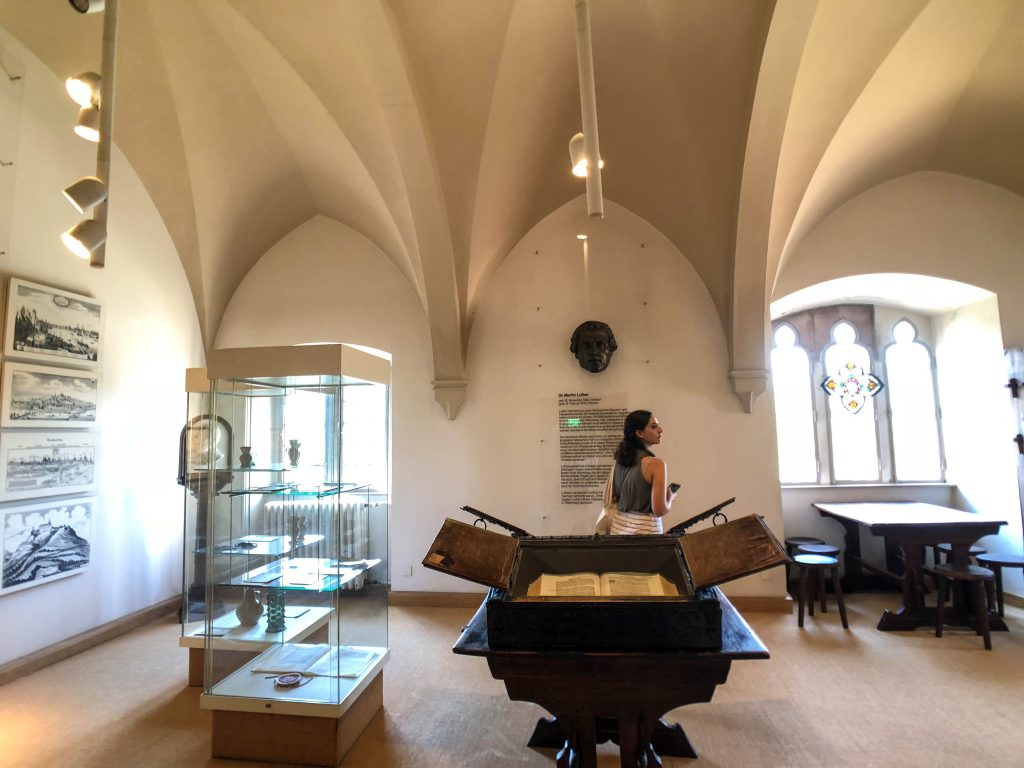
At the end of our tour through the history history, we will visit the former collegiate church and its special special exhibition on the construction of Worms Cathedral. And that is exactly what we see in its full splendor on the short walk to our next stop.

The Museum Heylshof
The art museum is located in a neo-baroque villa, the city palace of the Heyl family, and this is located in turn in a large park. Inside the museum, we can always look out through the stately windows through the stately windows - if we can keep our eyes off the wonderful paintings. can avert our gaze from the wonderful paintings.

The art and porcelain collection of the Heylshof is small, but top-class. And unique in Rhineland-Palatinate. The focus is on German, Dutch and French French painting from the 15th to the 19th century. I am particularly enthusiastic especially the works of Rubens.

A work of art is also the city palace the magnificent staircase that welcomes us and bids us farewell. farewell. I feel completely royal!
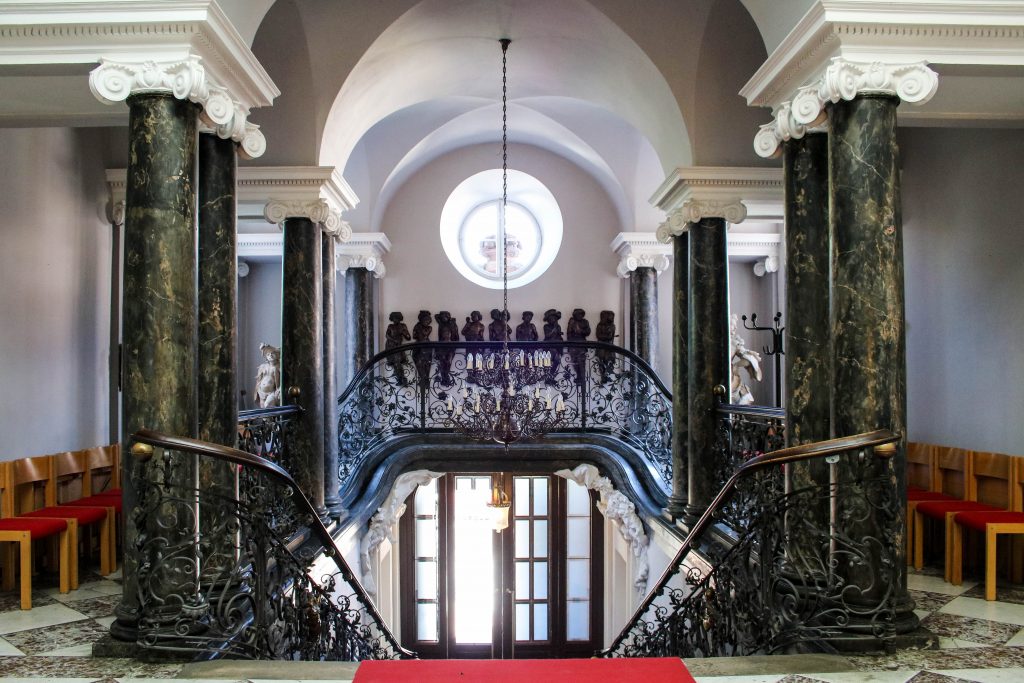
The Nibelungen Museum in Worms
Apropos royal! The Nibelungen Museum brings to life the famous saga so closely associated with the city of Worms, comes to life. The museum itself is integrated into the city wall - and is worth a visit for that reason alone.

It describes itself as a "walk-in audio book" and indeed we are given audio guides with which the wonderful Mario Adorf the wonderful Mario Adorf introduces us to the Song of the Nibelungs, quoting from it quotes impressively from it.

First, we climb up the "Sehturm", the tower of the city wall, which informs about the origin of the saga, its content and its many interpretations. In the center of the tower hangs a huge golden scepter, decorated with numerous small paintings, posters and photos related to the Nibelungen saga. A real treasure!

We walk along the battlements of the medieval city wall and have a fantastic view of modern Worms. modern Worms, while small panels show us the medieval Worms. A great comparison!

In the "listening tower" we climb slowly back down down again. Here, everything revolves around language. We take our seats on wooden thrones and listen to passages of the original song while we almost feel like Brunhild, Kriemhild or Siegfried himself. This museum succeeds, to make literature come alive!

Four museums in one day
The beauty of the four museums in Worms is that their scope is such that you can easily visit them even in one day. Or you can choose the museums that particularly appeal to you. In any case, I can recommend them all without reservation! After so much culture, we are looking forward to at least as much nature on the RheinTerrassenWeg. We will certainly be on the lookout for the treasure of the Nibelungen!
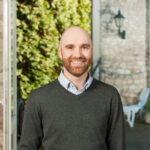
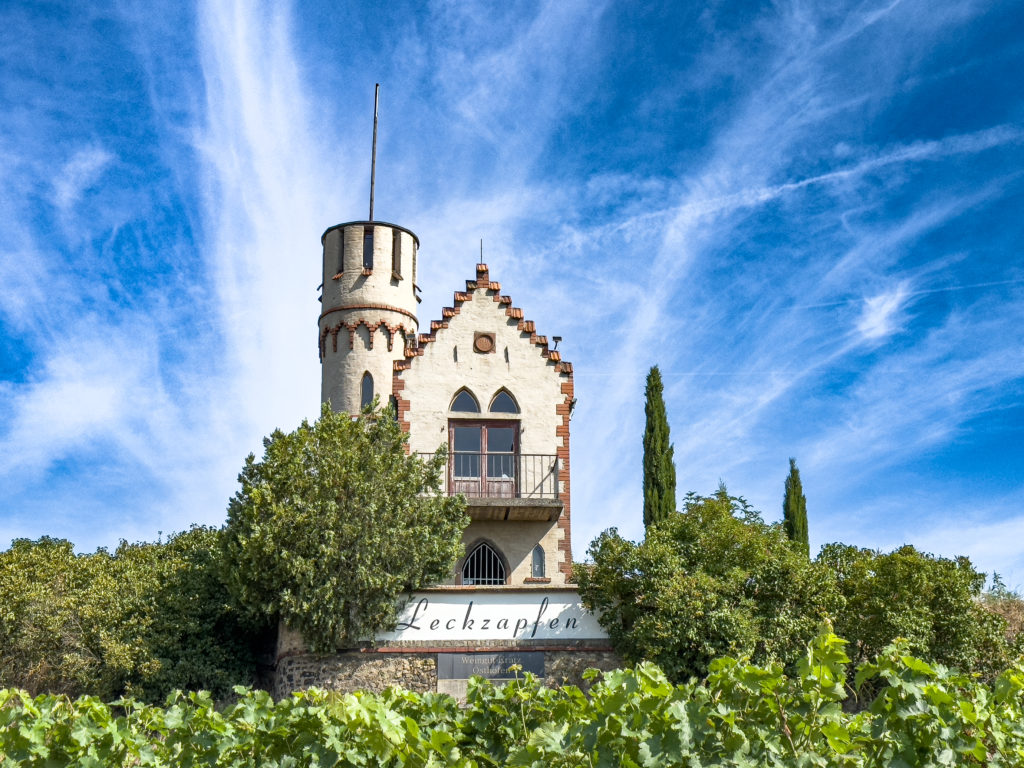

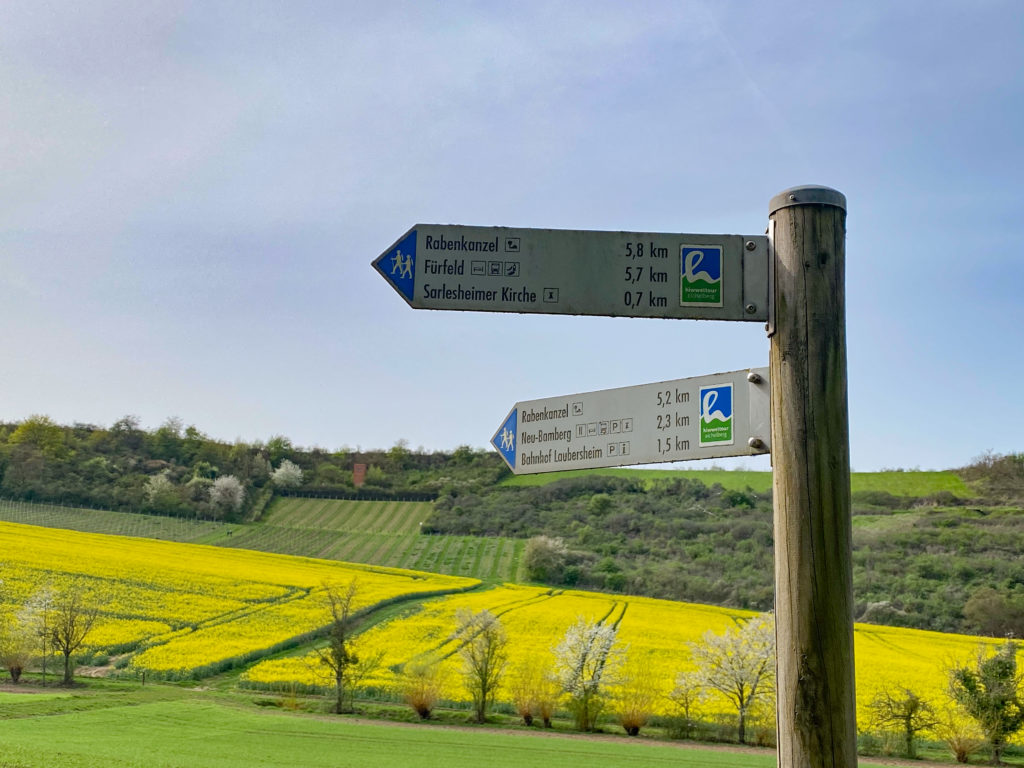
One Response